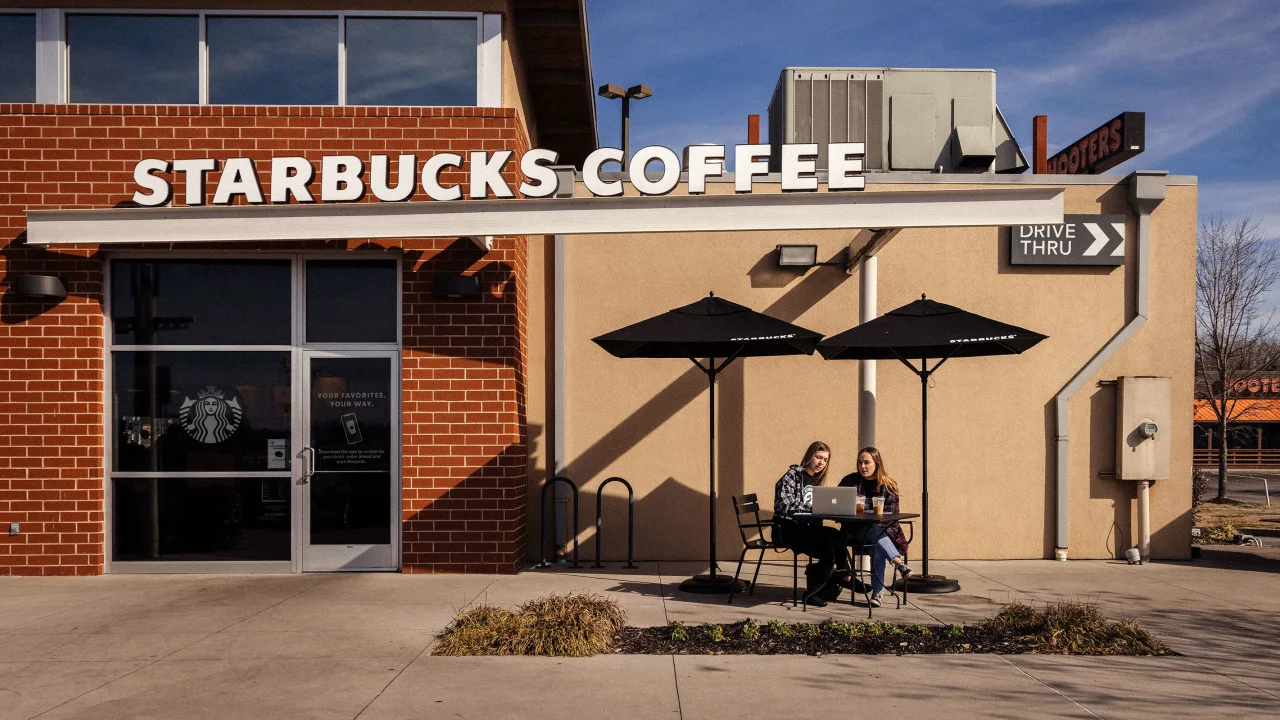Coffee is in danger. Starbucks is working on solutions

Especially arabica coffee, one of the most popular varieties, is a finicky crop. In addition, climate change poses a huge threat to the coffee industry and to farmers.
According to the Inter-American Development Bank, a financial institution serving Latin America and the Caribbean, coffee crops require a specific temperature, light, and humidity level to grow properly. According to a recent IADB report, those conditions are mostly met in parts of Latin America, within a region called the coffee belt.
However, the bank warned that by 2050, “rising temperatures will reduce the area suitable for growing coffee by up to 50%.” The changing climate could result in some countries being able to grow coffee again, it added.
The coffee industry must change in order to continue thriving where it is today.
Starbucks, which buys about 3% of world coffee, is developing arabica varieties specifically cultivated to withstand global warming. For more than 10 years, Starbucks agronomists have been breeding different types of coffee trees, trying to find ones that will yield a high amount of fruit in a relatively short amount of time and, among other things, resist coffee leaf rust, a disease that attacks coffee trees and is exacerbated by climate change.
The company has paired hundreds of varieties to find six that fit the company’s taste and flavor standards. At Starbucks’ education and research center in Costa Rica, Hacienda Alsacia coffee farm, a catalog describes Starbucks’ six new varieties.
With nearly 36,000 locations worldwide, Starbucks relies heavily on farmers – it buys from about 400,000 farmers in 30 countries. In addition to coffee farmers around the world, they are struggling to adapt to global warming.
